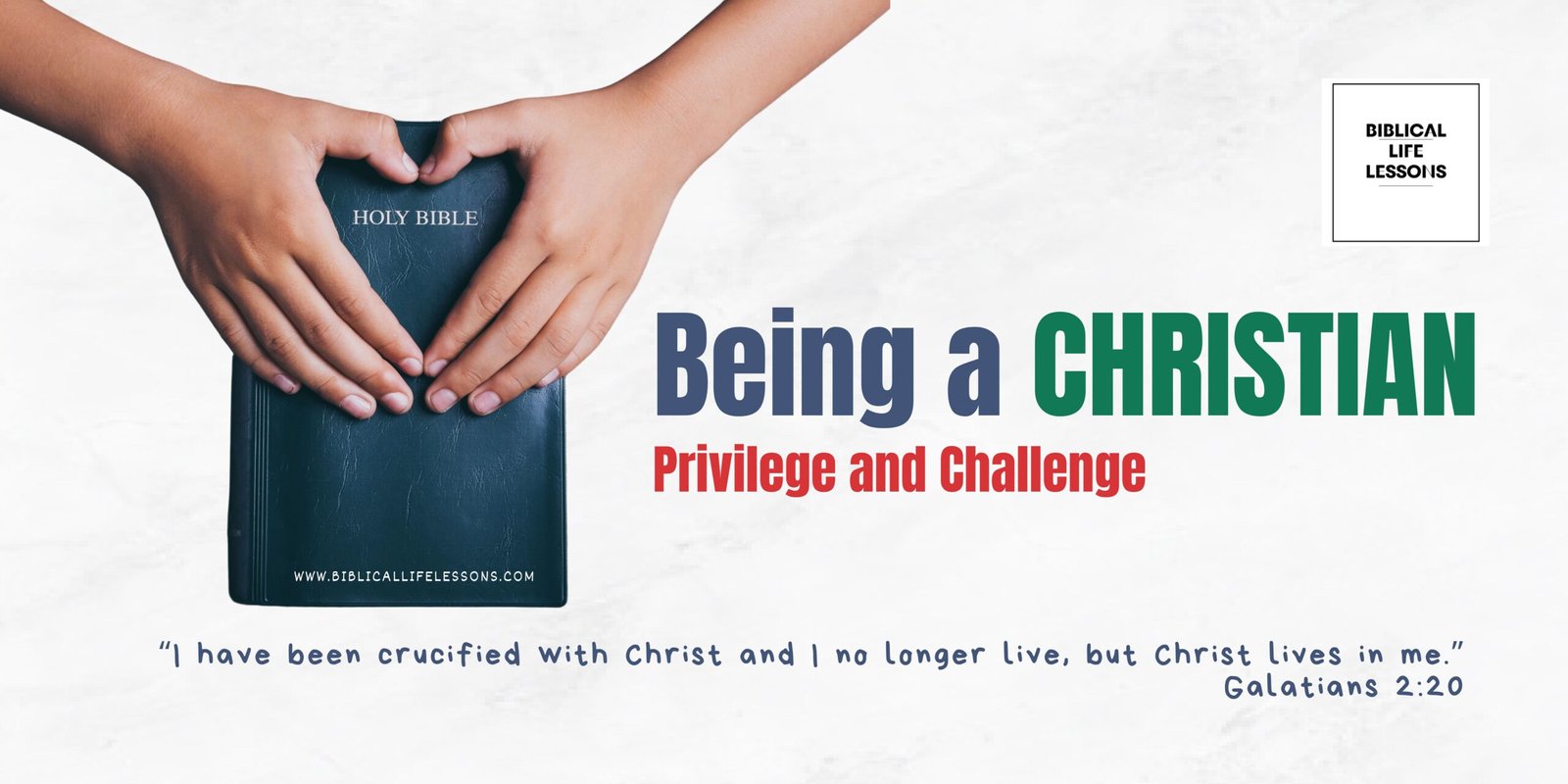The Tabernacle stands as a profound symbol of God’s presence among His people in the Old Testament. Its construction, layout, and rituals hold deep significance, pointing to spiritual truths and foreshadowing the coming of Jesus Christ.
1. The Dwelling Place of God
- The Tabernacle served as a portable sanctuary where God dwelled among His people during their wilderness journey.
- Exodus 25:8 (NIV) – “Then have them make a sanctuary for me, and I will dwell among them.”
2. Symbolism of the Structure
- The Tabernacle consisted of three main parts: the outer court, the Holy Place, and the Most Holy Place (Holy of Holies), each representing different aspects of worship and access to God.
- Hebrews 9:2-3 (NIV) – “A tabernacle was set up. In its first room were the lampstand and the table with its consecrated bread; this was called the Holy Place.”
3. The Ark of the Covenant
- Housed within the Most Holy Place, the Ark symbolized God’s covenant with His people and His presence among them.
- Exodus 25:22 (NIV) – “There, above the cover between the two cherubim that are over the ark of the covenant law, I will meet with you and give you all my commands for the Israelites.”
4. The Priestly Role
- The Tabernacle was where the priests conducted sacrifices and offerings on behalf of the people, illustrating the need for mediation between humanity and God.
- Leviticus 9:7 (NIV) – “Moses said to Aaron, ‘Come to the altar and sacrifice your sin offering and your burnt offering and make atonement for yourself and the people; sacrifice the offering that is for the people and make atonement for them, as the Lord has commanded.'”
5. Foreshadowing Christ
- The Tabernacle’s design and rituals foreshadowed the ultimate sacrifice of Jesus Christ, who would become the High Priest and the perfect sacrifice for the sins of humanity.
- Hebrews 9:11-12 (NIV) – “But when Christ came as high priest of the good things that are now already here, he went through the greater and more perfect tabernacle that is not made with human hands, that is to say, is not a part of this creation.”
6. Lessons for Today
- Though the Tabernacle was a physical structure, its symbolism carries spiritual lessons for believers today.
- 1 Corinthians 6:19 (NIV) – “Do you not know that your bodies are temples of the Holy Spirit, who is in you, whom you have received from God? You are not your own.”
The Tabernacle’s symbolism and significance extend far beyond its physical construction. It serves as a reminder of God’s desire to dwell among His people and His provision for reconciliation and redemption through Jesus Christ.
Subscribe for Daily Email Devotionals

MEET FAITH FRIEND AI
Faith Friend is your friendly AI chatbot on BiblicalLifeLessons.com, here to help you explore the Bible, answer your faith-related questions, and guide you through life lessons based on God’s Word. Whether you’re seeking encouragement, understanding Scripture, or deepening your faith, Faith Friend is always ready to chat.










